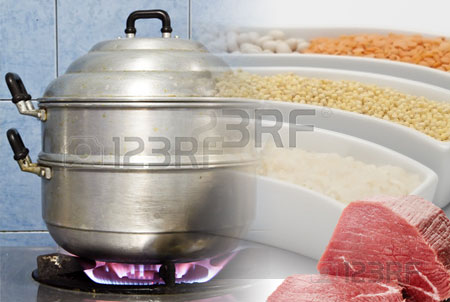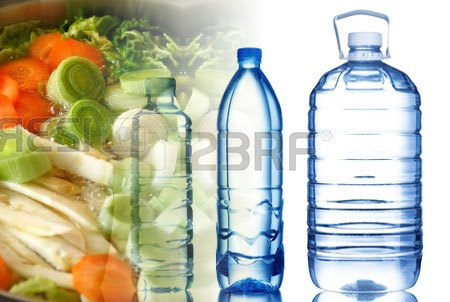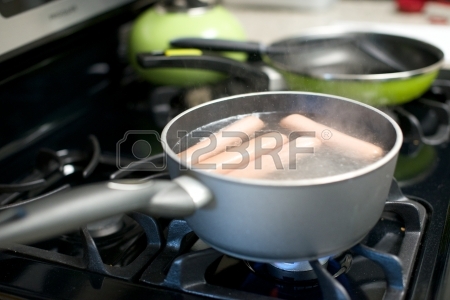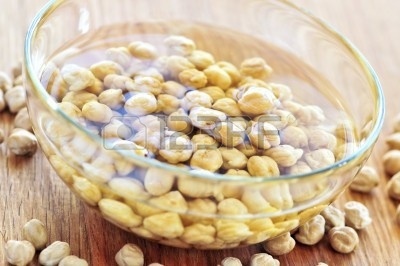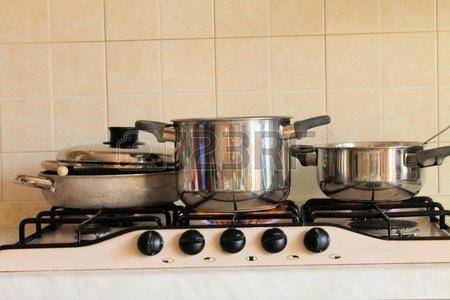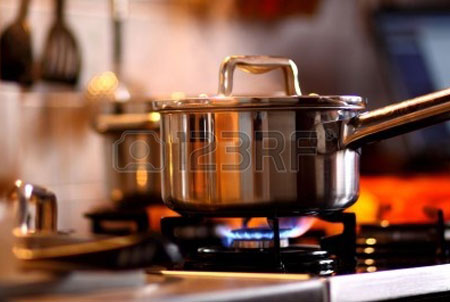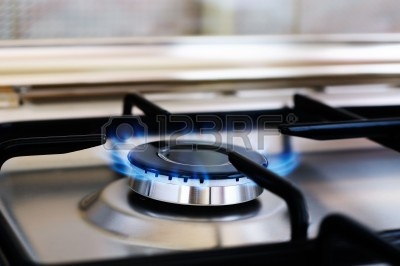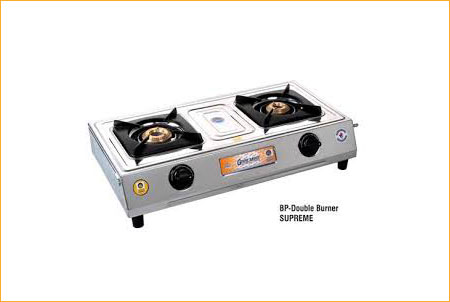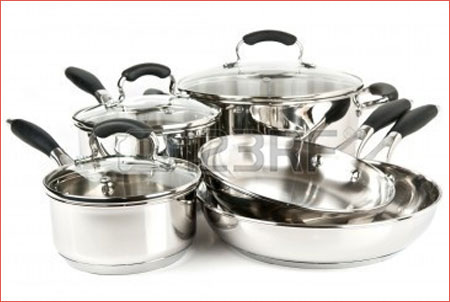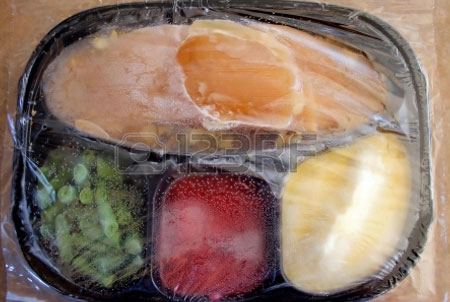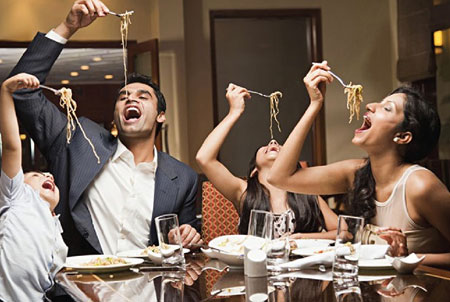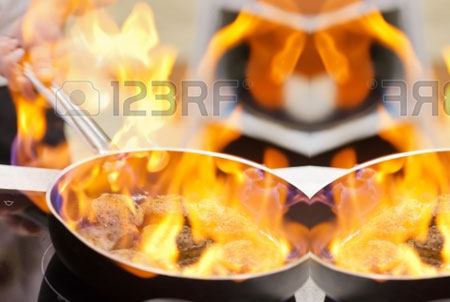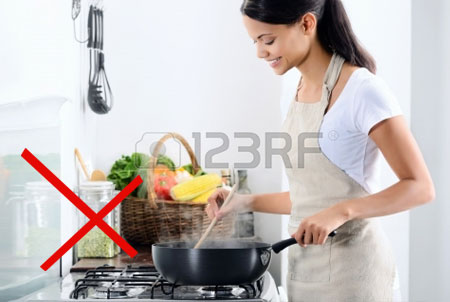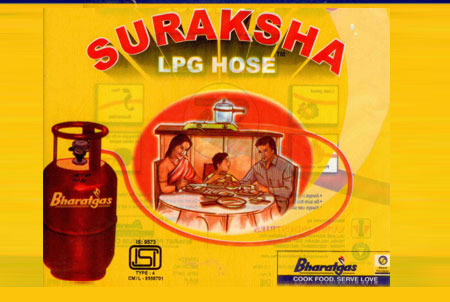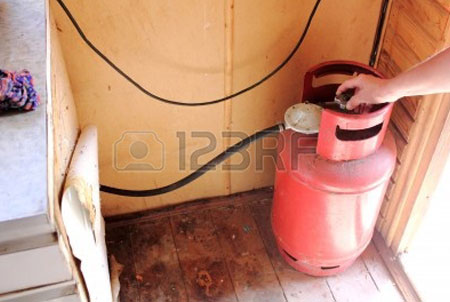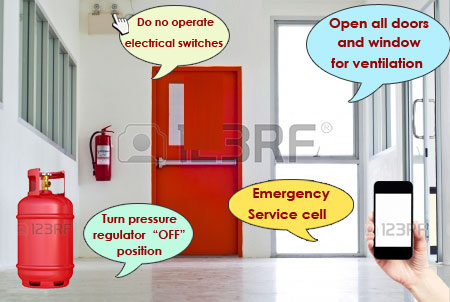Cook Smart
Cook Safe
Pressure cooking saves fuel
Experiments have shown fuel (kerosene or cooking gas) savings of 20% on rice, 46% on soaked gram dal and 41.5% on meat, as compared to ordinary cooking. The savings in cooking time were equally high. To obtain further savings from a pressure cooker, use the separators of the cooker to cook different items such as rice, vegetable and dal, all at the same time.
Cook Smart
Cook Safe
Use optimum quantity of water
The quantity of water used differs for various dishes. Surplus water consumes additional fuel which could otherwise be saved.
Cook Smart
Cook Safe
Reduce the flame when boiling starts
When a vessel’s contents reach boiling point, a low flame is enough to keep them boiling. Experiments conducted have revealed a saving of 25% fuel when the flame was reduced after boiling had started. Always reduce the flame once boiling starts.
Cook Smart
Cook Safe
Soak before cooking
Experiments have shown that soaking ingredients such as dal and rice for various intervals of time before cooking saves fuel. Sizeable savings in fuel are possible if you soak cereals in water before cooking.
Cook Smart
Cook Safe
Shallow, wide vessels save fuel
A visible flame touching the sides of vessel wastes fuel since it gives out heat to the surroundings. But if you cover the flame as much as possible by using a broad vessel, you will save fuel.
Cook Smart
Cook Safe
Put the lid on the vessel
If the vessel is covered by a lid , the heat loss would drop appreciably as heat is retained within the vessel, this would save gas.
Cook Smart
Cook Safe
The small burner saves fuel
A cooking gas stove has a big burner and a small burner. The small burner consumes 6% to 10% less gas than the big burner! When you don’t need a bigger flame use the small burner.
Cook Smart
Cook Safe
A clean burner helps save fuel
Soot clogged gas burners increase fuel consumption. Regular maintenance of your stove helps you save fuel. A bright, steady blue flame means efficient burning. If you see an orange, yellow on non-uniform flame, clean the burner or wick as the case may be.
Cook Smart
Cook Safe
For additional saving
The use of 'ISI' marked kerosene wick stoves in place of non-‘IST’ marked stove saves upto 25% of kerosene and the use of higher efficiency ‘ISI’ marked LPG stove (the thermal efficiency level of which is 68%+) saves upto 15% of gas.
Cook Smart
Cook Safe
Clean vessels help too
Cooking vessels should always be scrubbed clean. A coating of undissolved salts is usually found on the insides of kettles and cookers. Even a millimeter thick coating can reduce the flow of heat to the vessel’s contents. This increases your fuel consumption by as much as 10%.
Cook Smart
Cook Safe
Allow frozen food to reach room temperature before cooking
Frozen meal or any other cold food-stuff from the refrigerator should not be taken straight to the cooking pot. Keep it out of the refrigerator for some time before putting if on the stove. Very cold food consumes a larger amount of fuel.
Cook Smart
Cook Safe
Plan your meal timings
If all members of the family eat together, which signifies togetherness and increases joy, frequent reheating of food before serving can be avoided. If eating together is not possible, store cooked, hot food in insulated containers to serve it hot later.
Cook Smart
Cook Safe
Cooking safely with gas
- The cylinder should always be kept in a vertical position and away from any source of heat or a naked flame.
- Always remember to shut the valve when the stove is not in use, especially at night.
- Don’t tamper with your cylinder or allied equipment.
- Make sure all parts of the installation are in good condition.
- If you find anything wrong with any part, contact your distributor and ask for a mechanic.
Cook Smart
Cook Safe
Cooking safely with gas
- It is safer to wear cotton clothing while working in the kitchen. Do not use dupatta to handle utensils. Preferably wear an apron.
- Keep children away from the installation while you’re cooking.
Cook Smart
Cook Safe
Cooking safely with gas
- Never leave the hotplate "ON" and UNATTENDED.
- The burners could extinguish by overflow of cooking material (or even draught of air) allowing gas to leak. The accumulated gas could get ignited by the second burner in operation (or other sources) resulting in fire.
Cook Smart
Cook Safe
Cooking safely with gas
- Turn pan handles to the side away from the flame so that they do not get heated.
- Keep plastic items away from the stoves.
Cook Smart
Cook Safe
Cooking safely with gas
Get your tube changed, whenever it is damaged. And as a rule, replace the rubber tube every two years & if it is “Suraksha Hose” then every five years.
Suraksha LPG Hose has 3 layers :
- The tube which is exposed to the system fluid
- A steel wire reinforced braiding for strength
- An outer rubber cover for enhanced protection
Cook Smart
Cook Safe
Cooking safely with gas
This hose is
- Flame Resistant
- Abrasion, Ozone & Weather resistant, hence no cracks
- Strong (steel wire reinforced) hence rats can’t bite through steel wire
- Long Life (5 years guarantee)
- Leak proof ( Multiple Layers)
Cook Smart
Cook Safe
Cooking safely with gas
- Keep the safety cap on over unused cylinders
- While taking the delivery of your second cylinder ensure that it is checked by connecting to a regulator
Cook Smart
Cook Safe
Cooking safely with gas
IF YOU SMELL GAS DON’T PANIC – HERE’S WHAT YOU HAVE TO DO
- Turn pressure regulator knob to the “OFF” position
- Put out all fires in the kitchen (including agarbatti and pooja lamp)
- Open all doors and window for ventilation
- Do no operate electrical switches and dry cell torches, they generate spark while switching on or off.
- Get in touch with your distributor or with your Emergency Service cell after office hours and on holidays
